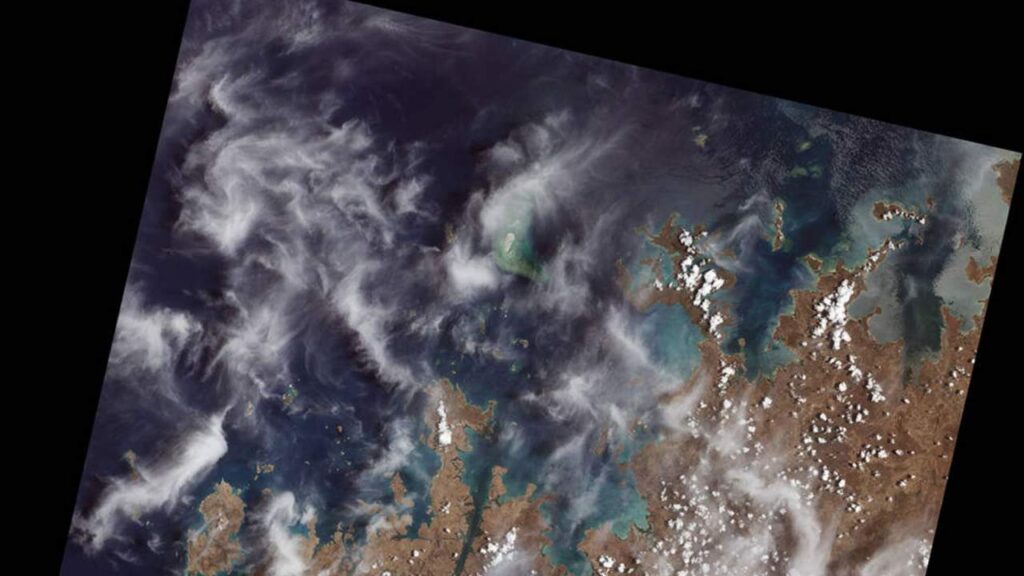
NASA shares the first images from Landsat 9
At the end of September this year, NASA and US geological surveys launched the latest satellite at Landsat Fleet named Landsat 9. Satellites have now collected and distributed the first Earth image. Images are taken on October 31 and show how the mission will help manage resources and understand how climate change has an impact on the planet. The Landsat satellite series has operated for almost five decades.
The first Landsat 9 image has provided important NASA and USGS data about landscapes and coastlines of the planet can be seen from space. NASA said that it would continue to work with USGS to strengthen and improve accessibility to landsat data for decision makers in the US and throughout the world. Both organizations hope that images collected by satellites will help decision makers to understand the climate crisis, manage agricultural practices, preserve natural resources, and respond to more effectively for natural disasters.
Among the locations, the first satellite image shared by NASA Show was Detroit, Michigan, and Lake St. Closest Clair. Images also show cities and beaches along the Florida coastline, and the picture also shows Navajo County, Arizona. NASA said that data helps monitor plant health and manage irrigation water. Also seen in new images is data about changes in the landscape in the Himalayan on the Asian Mountain and at the North Australian coastline.
NASA said Landsat 9 was very similar to Landsat 8, which has been in orbit since 2013 and is still currently in orbit. However, new satellites have several improvements, including the ability to send data with higher radiometric resolution back to earth to learn. With improved radiometric resolution, satellites can detect more subtle differences in landscapes compared to longer satellites, especially on water or dense forests.
Landsat 9 has the ability to distinguish more than 16,000 colors in certain wavelength colors. While Landsat 8 is still in orbit, satellites replaced by Landsat 9 are Landsat 7. With comparison, Landsat 7 is only able to detect 256 nuances. Landsat 9 Project Scientist Jeff Mask said that the first light for satellites was an important milestone, and he noted that the image looks fantastic.
Satellites have a pair of instruments on board to collect images, including the image of the operational land 2 used to detect visible infrared light, and short waves, nine wavelengths. The second instrument is a thermal infrared sensor 2, which is designed to detect thermal radiation in two wavelengths and is used to measure the surface temperature of the earth and any changes in temperature.
At present, the team is conducting a 100-day check-out that has it tests the satellite system and subsystem and calibration instrument. After the checkout calibration is complete, the mission will be submitted to the USGS in January. USGS will operate Landsat 9 and Landsat 8 together. Both satellites are expected to collect around 1500 planetary surface images every day and cover the whole world every eight days.
NASA notes that all data collected by Landsat 9 will be available free of charge to the public from the USGS website so satellites start operating. Landsat 9 was launched on September 17 at 14:12 East time utilizing the Alliance Alliance of United Atlas V. While the new satellite was the latest in the Landsat series, the road was first launched in 1972.





More Stories